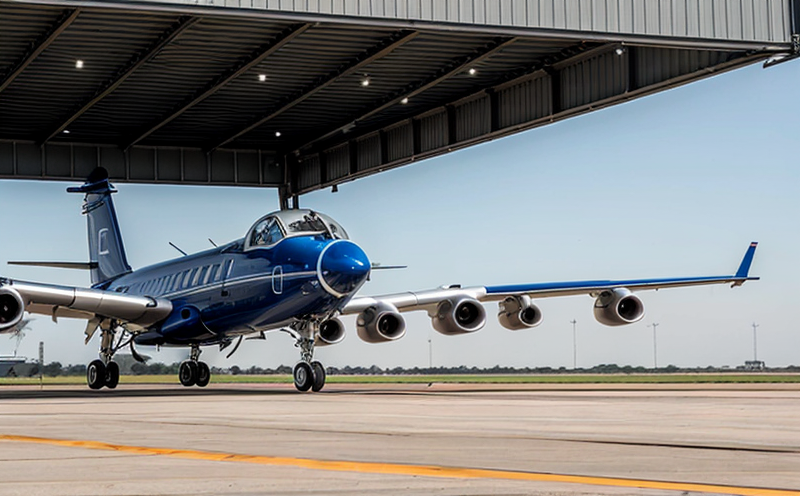
-
Aviation and Aerospace Testing-
Aircraft Systems Testing-
Testing Aircraft Hydraulics Under High-Pressure Conditions
We provide comprehensive solutions designed to help our clients mitigate risks, enhance performance, and excel in key areas such as quality, health & safety, environmental sustainability, and social responsibility.
Discover
For many years, our organization has been operating successfully, boasting modern laboratories that meet international standards. These laboratories are equipped with the latest technology devices and equipment, and we have built a strong team of experienced and trained personnel to operate them.
DiscoverWelcome to Eurolab, your partner in pioneering solutions that encompass every facet of life. We are committed to delivering comprehensive Assurance, Testing, Inspection, and Certification services, empowering our global clientele with the ultimate confidence in their products and processes.
Discover
-
Aviation and Aerospace Testing-
Aircraft Systems Testing-
Testing Aircraft Hydraulics Under High-Pressure ConditionsTesting Aircraft Hydraulics Under High-Pressure Conditions
Aircraft hydraulic systems are a critical component of modern air travel, responsible for powering landing gear, flaps, slats, brakes, and other essential flight control surfaces. As such, it is essential to ensure that these systems can operate safely and effectively under high-pressure conditions. In this article, we will explore the importance of testing aircraft hydraulics under high-pressure conditions, the methods used to conduct these tests, and the benefits of thorough hydraulic system evaluation.
The Importance of High-Pressure Testing
Aircraft hydraulic systems are designed to function at pressures up to 3000 psi (207 bar), which is significantly higher than most industrial applications. The high pressure requirements ensure that the system can deliver the necessary force and speed to power critical flight control surfaces. However, this also means that the system must be able to withstand extreme pressures without failure.
During normal operation, aircraft hydraulic systems are subjected to varying loads and pressures depending on factors such as altitude, temperature, and air density. As a result, it is crucial to test these systems under high-pressure conditions to ensure they can function reliably in all scenarios.
Testing Methods
High-pressure testing of aircraft hydraulics typically involves the following steps:
Step 1: Initial Pressurization
Connect the test pump to the hydraulic circuit.
Gradually increase pressure to the specified level (typically between 1500-2500 psi).
Monitor system performance and look for any signs of leakage or malfunction.
Step 2: Holding Pressure
Once the initial pressurization is complete, hold the pressure at the specified level for a set period (usually 15-30 minutes).
Continue to monitor system performance during this time.
Step 1: Initial Flow Rate
Connect a flow meter to the hydraulic circuit.
Gradually increase flow rate to the specified level (typically between 10-50 gpm).
Monitor system performance and look for any signs of leakage or malfunction.
Step 2: Stepped Increase in Flow Rate
Once the initial flow rate is established, gradually increase it by a set amount (usually 5-10 gpm) to check the systems ability to handle changing loads.
Continue to monitor system performance during this time.
Benefits of High-Pressure Testing
Thorough high-pressure testing of aircraft hydraulics offers numerous benefits, including:

Food Safety and Testing
Food Safety and Testing: Ensuring the Quality of Our Food As consumers, we expect our food to be sa...
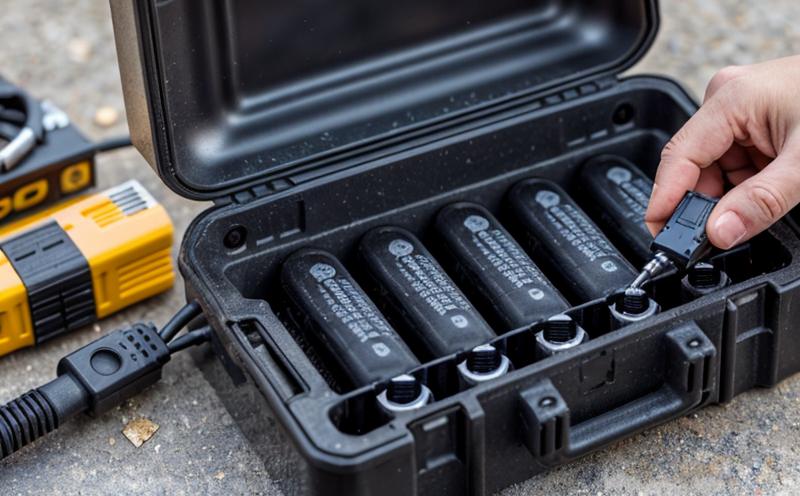
Battery Testing and Safety
Battery Testing and Safety: A Comprehensive Guide As technology continues to advance, battery-power...
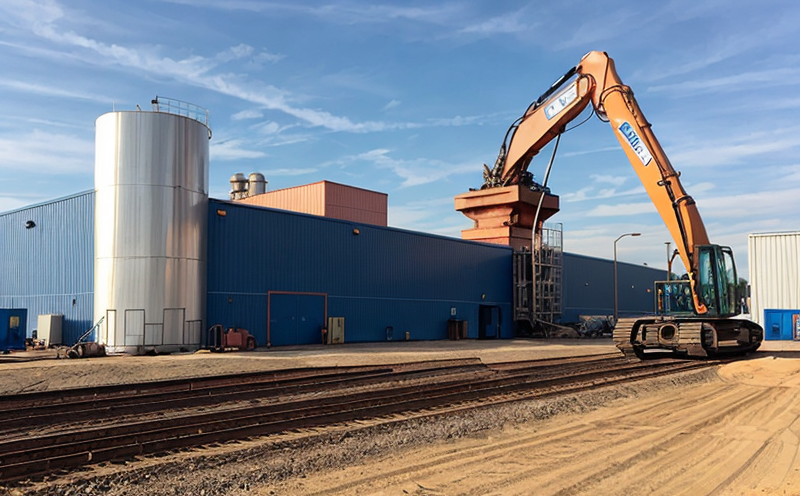
Industrial Equipment Certification
Industrial equipment certification is a critical process that ensures industrial equipment meets spe...

Hospitality and Tourism Certification
Hospitality and Tourism Certification: Unlocking Opportunities in the Industry The hospitality and ...

Railway Industry Compliance
Railway Industry Compliance: Ensuring Safety and Efficiency The railway industry is a critical comp...
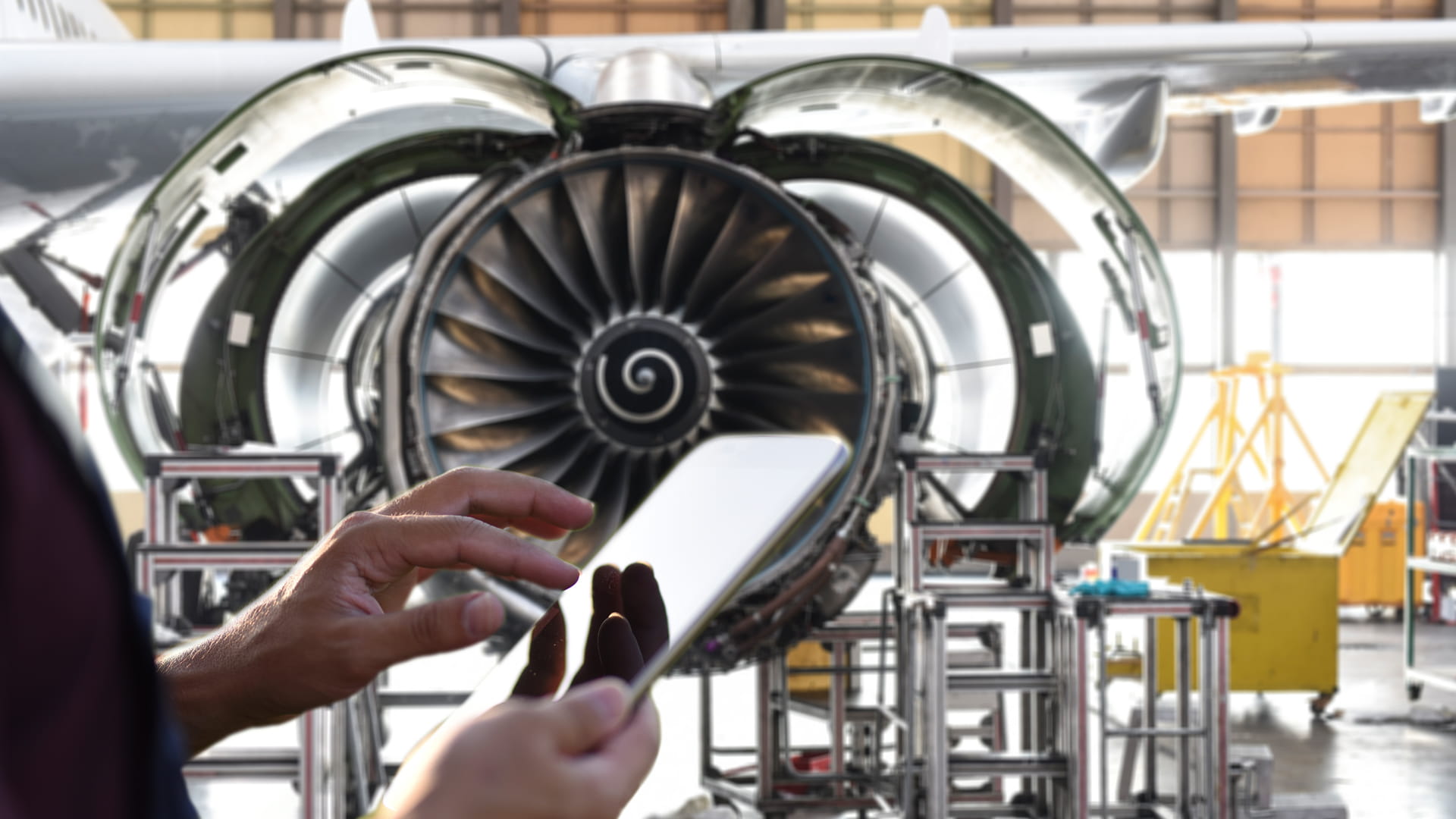
Aviation and Aerospace Testing
Aviation and Aerospace Testing: Ensuring Safety and Efficiency The aviation and aerospace industr...

IT and Data Center Certification
IT and Data Center Certification: Understanding the Importance and Benefits The field of Informatio...

Automotive Compliance and Certification
Automotive Compliance and Certification: Ensuring Safety and Efficiency The automotive industry is ...

Environmental Simulation Testing
Environmental Simulation Testing: A Comprehensive Guide In todays world, where technology is rapidl...
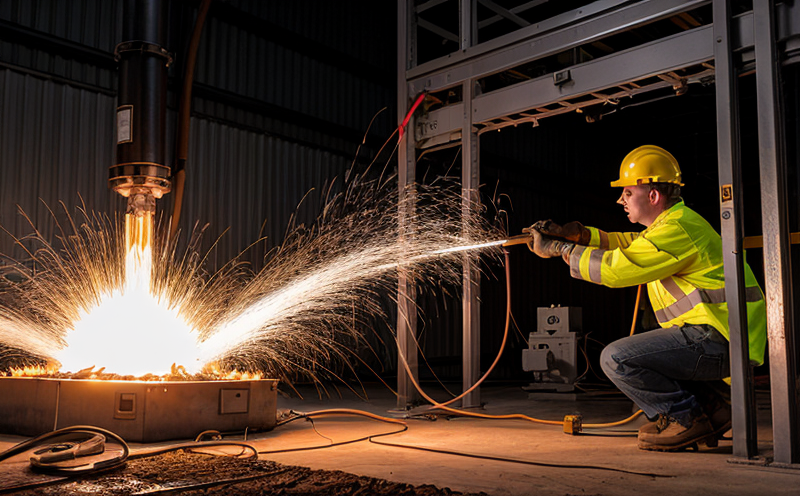
Electromechanical Safety Certification
Electromechanical Safety Certification: Ensuring Compliance and Protecting Lives In todays intercon...

Pharmaceutical Compliance
Pharmaceutical compliance refers to the adherence of pharmaceutical companies and organizations to l...

Chemical Safety and Certification
Chemical safety and certification are critical in ensuring the safe management of products and proce...

Lighting and Optical Device Testing
Lighting and Optical Device Testing: Ensuring Performance and Safety Lighting and optical devices a...
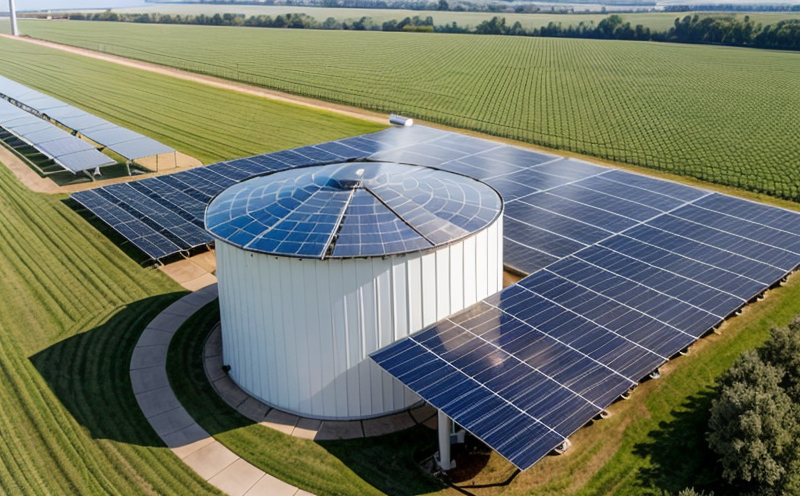
Renewable Energy Testing and Standards
Renewable Energy Testing and Standards: Ensuring a Sustainable Future The world is rapidly transiti...
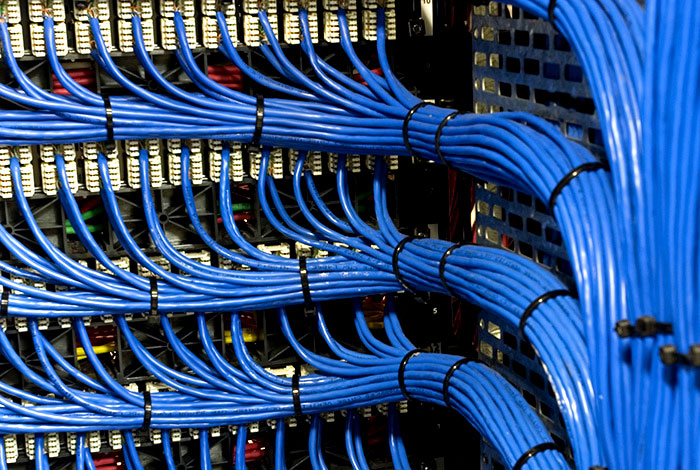
NEBS and Telecommunication Standards
Network Equipment Building System (NEBS) and Telecommunication Standards The Network Equipment Bu...

Military Equipment Standards
Military Equipment Standards: Ensuring Effectiveness and Safety The use of military equipment is a ...
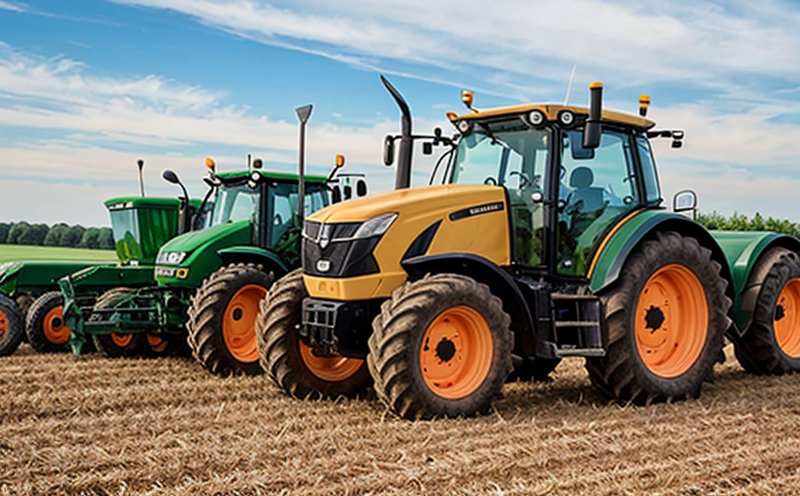
Agricultural Equipment Certification
Agricultural equipment certification is a process that ensures agricultural machinery meets specific...

Product and Retail Standards
Product and Retail Standards: Ensuring Quality and Safety for Consumers In todays competitive marke...

Environmental Impact Assessment
Environmental Impact Assessment: A Comprehensive Guide Environmental Impact Assessment (EIA) is a c...

Trade and Government Regulations
Trade and government regulations play a vital role in shaping the global economy. These regulations ...

Construction and Engineering Compliance
Construction and Engineering Compliance: Ensuring Safety, Quality, and Regulatory Adherence In the ...

Energy and Sustainability Standards
In today’s rapidly evolving world, businesses face increasing pressure to meet global energy a...

Cosmetic Product Testing
The Complex World of Cosmetic Product Testing The cosmetics industry is a multi-billion-dollar ma...

Consumer Product Safety
Consumer Product Safety: Protecting Consumers from Harmful Products As a consumer, you have the rig...

Electrical and Electromagnetic Testing
Electrical and Electromagnetic Testing: A Comprehensive Guide Introduction Electrical and electrom...
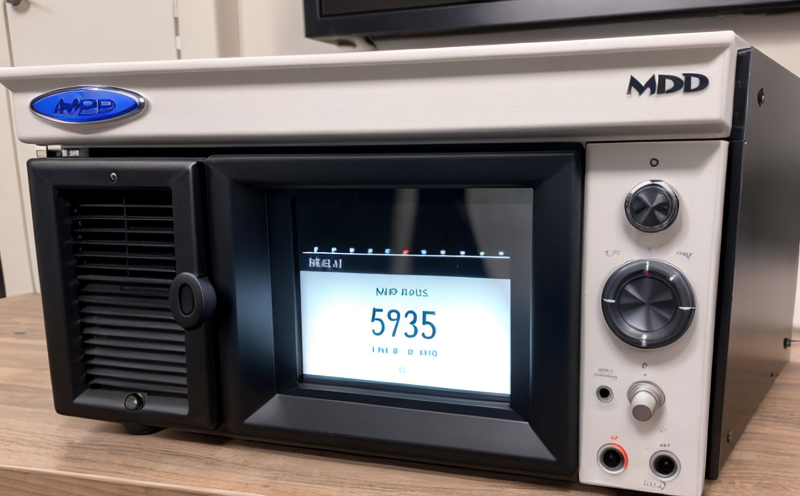
MDR Testing and Compliance
MDR Testing and Compliance: A Comprehensive Guide The Medical Device Regulation (MDR) is a comprehe...
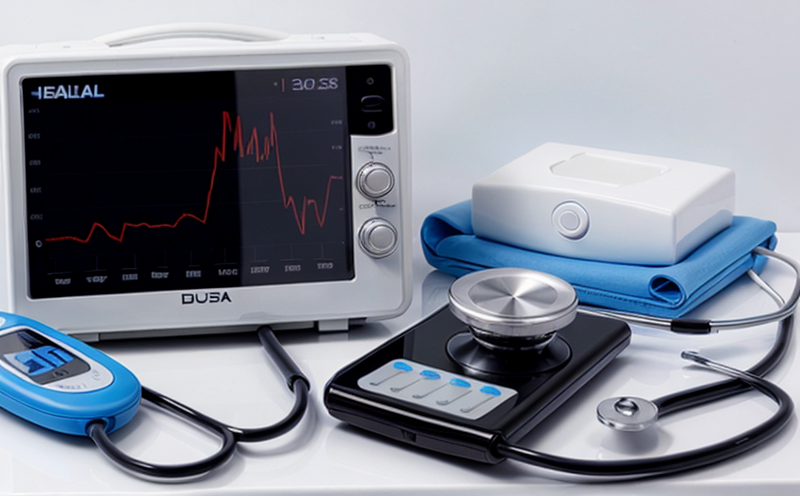
Healthcare and Medical Devices
The Evolution of Healthcare and Medical Devices: Trends, Innovations, and Challenges The healthcare...
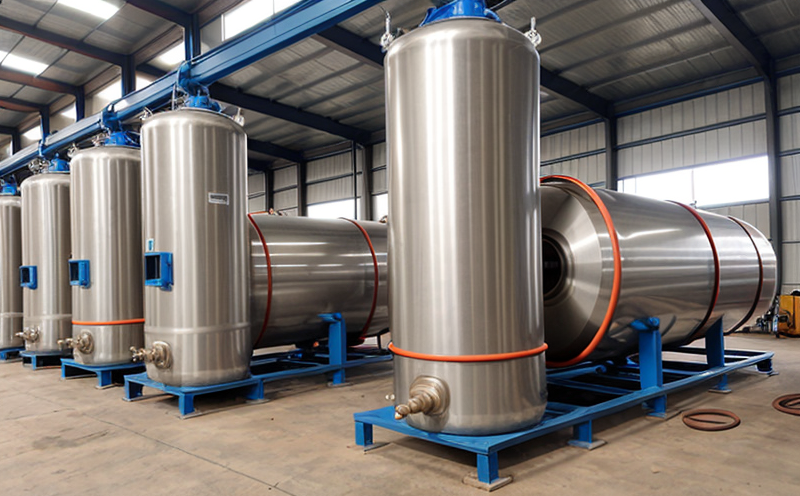
Pressure Vessels and Installations Testing
Pressure Vessels and Installations Testing Pressure vessels are a critical component of various ind...

Fire Safety and Prevention Standards
Fire Safety and Prevention Standards: Protecting Lives and Property Fire safety and prevention stan...
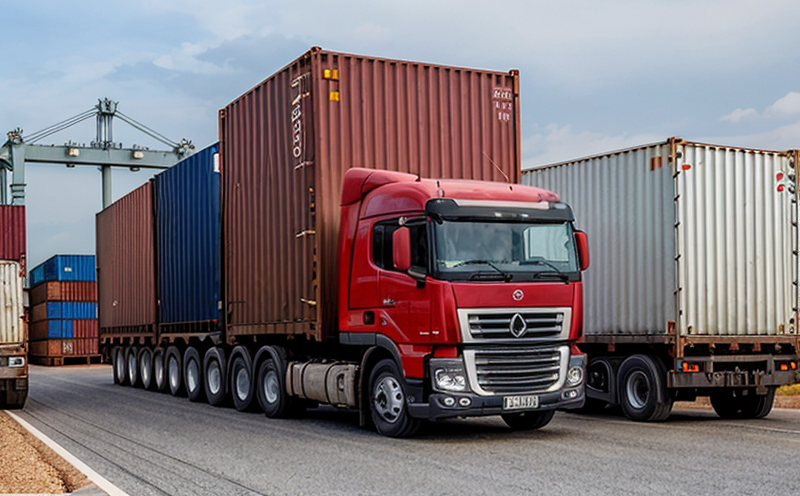
Transportation and Logistics Certification
Transportation and Logistics Certification: A Comprehensive Guide The transportation and logistics ...